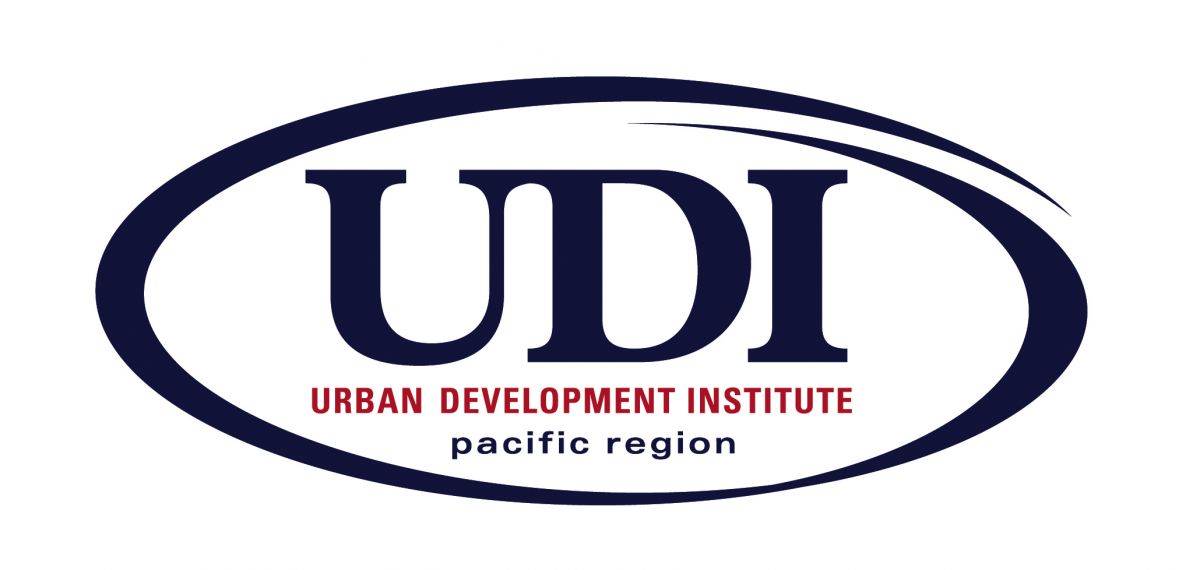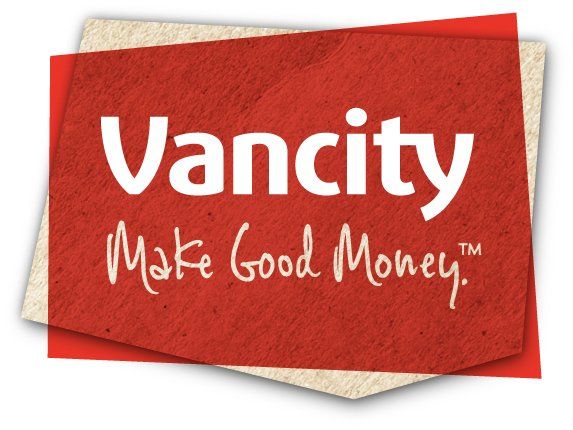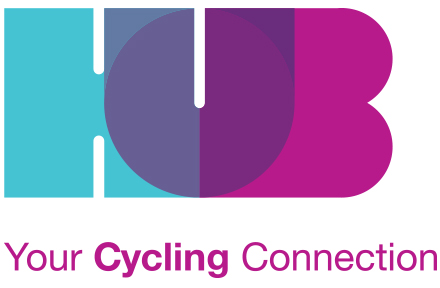Active Transportation Design in Vancouver Real Estate Development
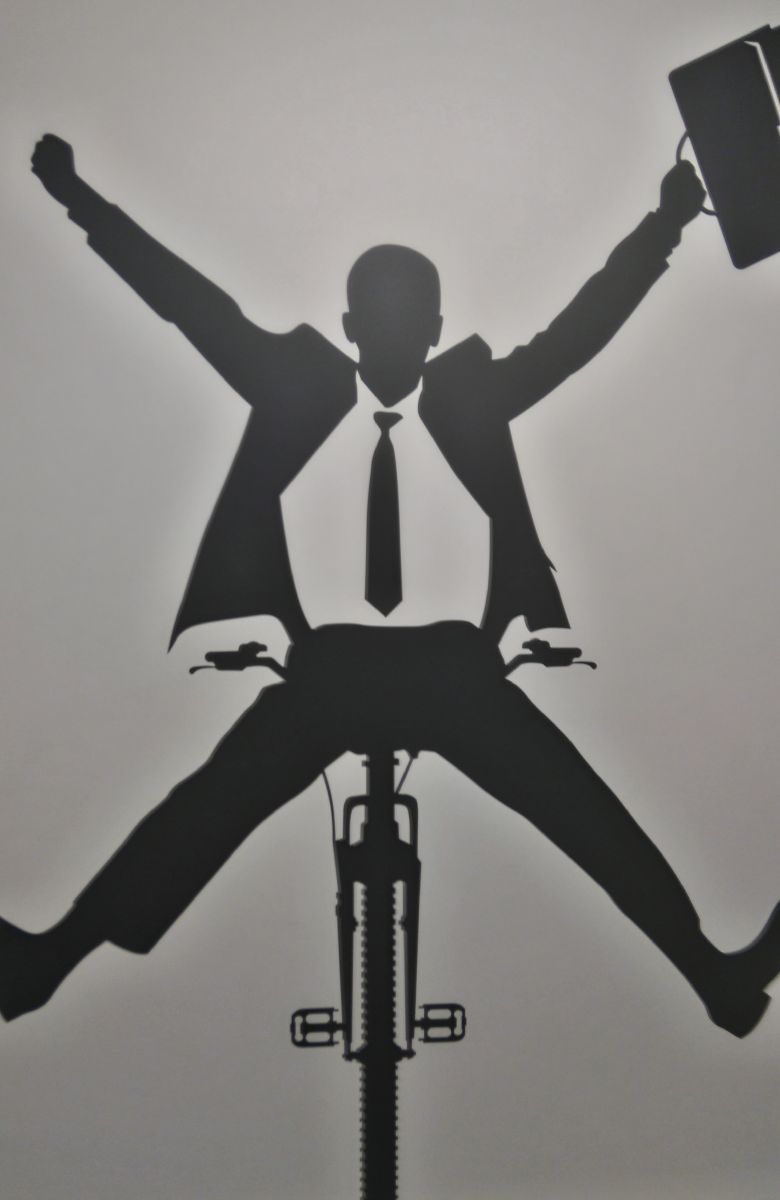
Municipalities in Metro Vancouver have gone to great lengths to improve cycling and related active transportation infrastructure in public areas, but what happens when someone on a bicycle arrives at their home or workplace in a medium- or high-rise building? HUB Cycling has completed unique research about cycling end-of-trip amenities design in new and retrofitted buildings in the City of Vancouver policy environment to answer this question.
The availability, accessibility, security and quality of cycling end of trip amenities in property developments are an influential factor in whether someone chooses to cycle for transportation, making facility design in private buildings a key component to the cycling equation.
Green building standards and municipal bylaws outline the basics on capacity and spacing of bike parking and the provision of showers and change rooms. But these minimum requirements do little to provide a standard for the quality and overall cyclist experience of end of trip facilities in terms of their ease of accessibility, functionality, security and general appeal.
Municipalities and design teams are challenged with making the right decisions to ensure cycling amenities are designed and built to be safe, accessible and appealing enough for commuters to opt into cycling as their mode of green transportation.
Through research with cycle commuters and the real estate development industry, HUB Cycling and its partners have identified challenges and opportunities associated with the inclusion of quality end of trip facilities in real estate developments. While this new research focuses on the City of Vancouver, the findings are highly relevant to other Metro Vancouver municipalities.
The resulting report provides an industry review on cycling end of trip facilities in new office, mixed-use and multi-unit residential buildings. Based on feedback from architects, engineers, developers and key stakeholders, this report presents local best practices, bylaw and policy by region, and industry suggestions illustrating how municipalities can foster building design and amenity choices that are fit for a green and active city.
Read the full report here.
The June 21st webinar recording is available online - click here to watch the video recording.
The Real Estate Foundation of BC has provided grant funding for this project, matched by private and public sector organizations including The City of Vancouver, Bunt and Associates Engineering, Dialog Design, Boffo Developments, and Urban Racks. Collaboration with key partners the Urban Development Institute, VanCity’s Impact Real Estate, and UBC’s Kay Teschke (Cycling in Cities) have greatly increased our project reach.
Project funders
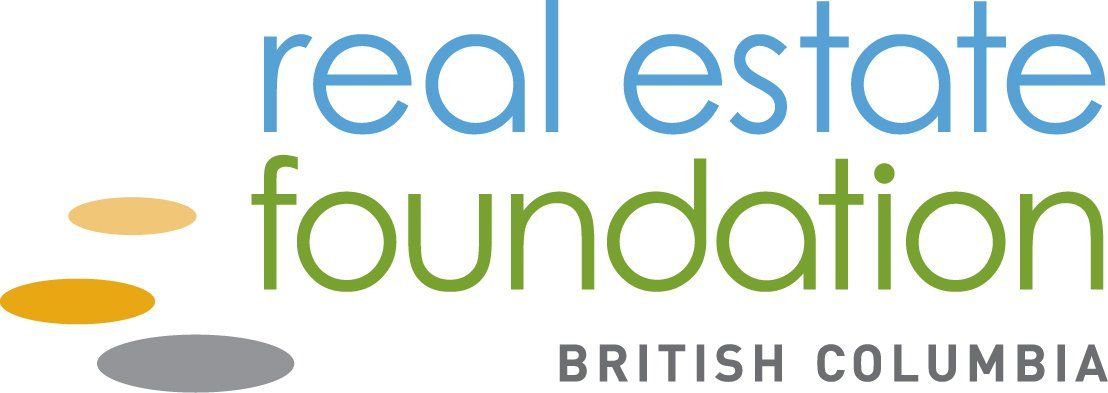
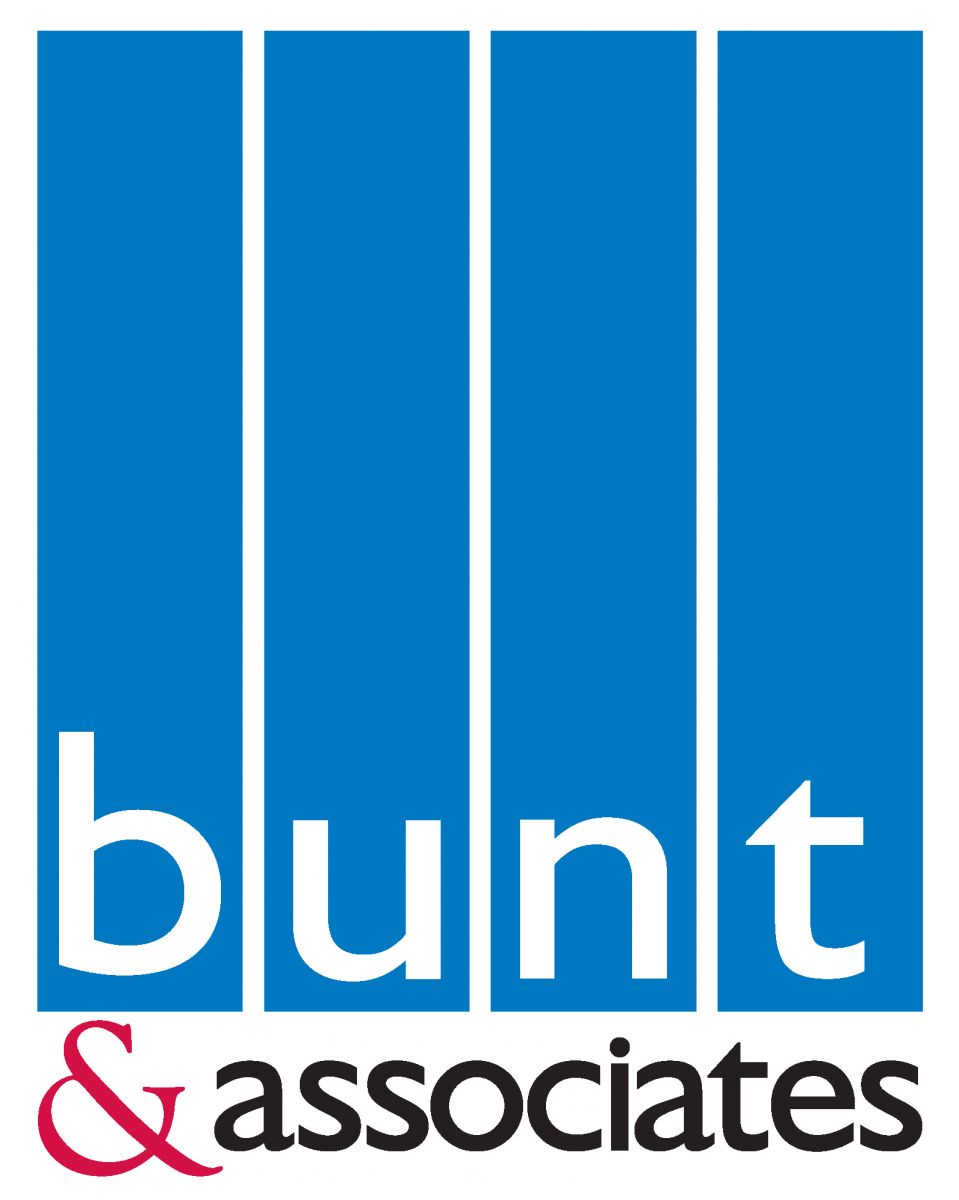
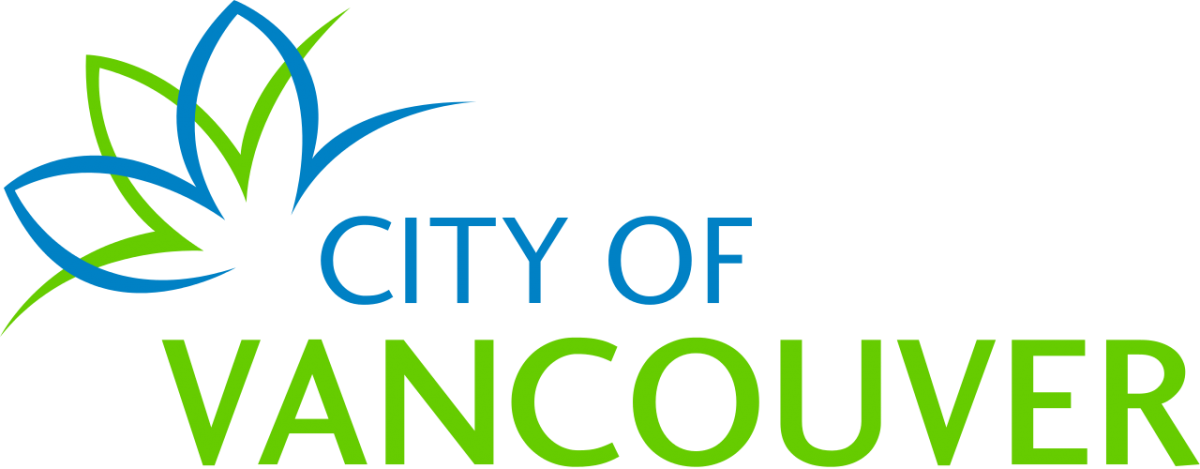
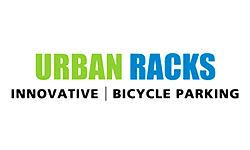


Project collaborators
